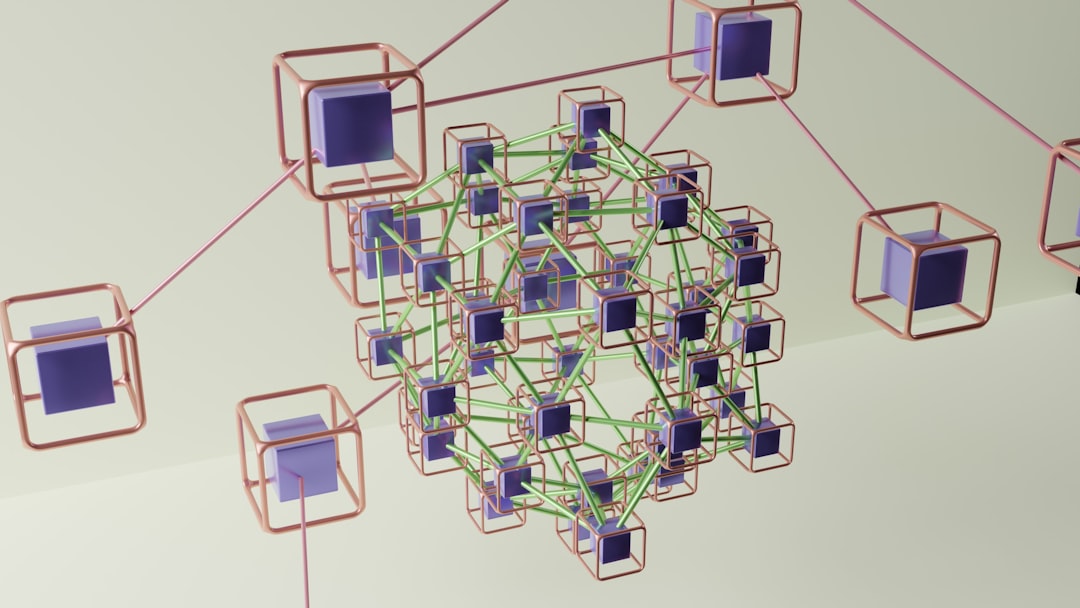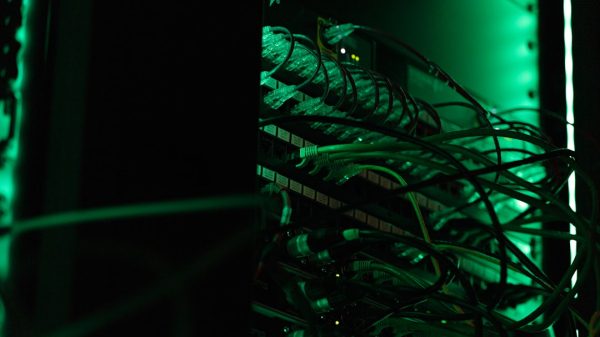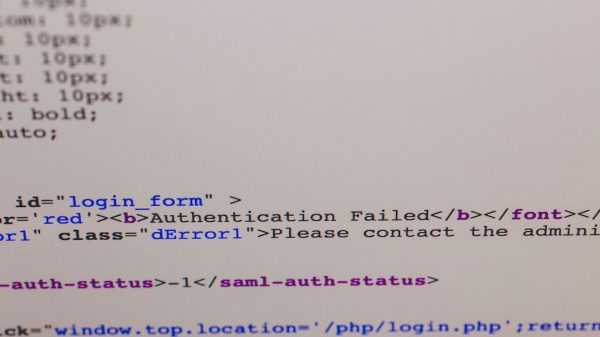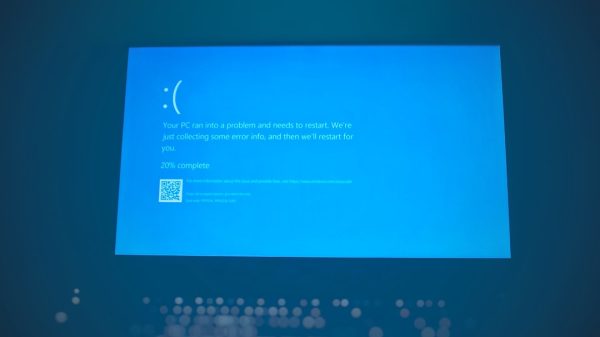In the digital age of 2025, content distribution and file sharing have evolved dramatically. Among the most enduring technologies for peer-to-peer file sharing is the concept of torrents. Despite the rapid development of cloud-based platforms and centralized services, torrents remain popular due to their decentralized nature and resilience against censorship. Understanding what torrents are and how they work is essential for both tech enthusiasts and the average Internet user who values speed, efficiency, and autonomy.
What is a Torrent?
A torrent is a file that contains metadata about files and folders intended for distribution across a peer-to-peer (P2P) network. Rather than hosting the actual content, the torrent file simply indicates where and how files can be located and downloaded from other users participating in the same torrent swarm. This metadata includes:
- Names and sizes of files
- Folder structure
- Hash values for file verification
- Tracker URLs to help peers find each other
The actual sharing process begins with a torrent client — a specialized software that reads the metadata and handles the downloading and uploading of files. In contrast to traditional client-server models, torrents distribute bandwidth load among all users descending and ascending data, a method known for its effectiveness and scalability.
Peer-to-Peer Framework and How It Operates
The torrent system functions on a P2P (peer-to-peer) framework. This means that instead of downloading a file from a single central server, users download parts of the file from multiple sources.

Each participant in a torrent network can perform one or both of the following roles:
- Seeders: Users who have 100% of the file and are uploading it to others.
- Leechers: Users who are in the process of downloading the file.
Once a leecher finishes downloading the complete file, they can become a seeder, continuing to provide data for others. This circulation creates a healthy ecosystem where files remain accessible even long after their initial upload.
The Role of Torrent Clients in 2025
A torrent client is necessary to interpret and manage torrent files. In 2025, modern clients have become more efficient, secure, and feature-rich. Applications like qBittorrent, BitTorrent Web, Transmission, and even newer decentralized apps offer support for:
- Encrypted connections for privacy
- Integrated search engines
- Bandwidth management and scheduling
- Blocklist integration for added security
Mobile-friendly torrent apps have also gained popularity, providing smart controls over cellular data usage and battery optimization. These technological strides emphasize an ongoing trend toward user empowerment and privacy.
Torrent Trackers vs. DHT
In earlier versions of the torrent protocol, trackers played a crucial role. These are web servers that assist in the communication between peers, effectively boosting download speeds and swarm stability.
However, by 2025, the utilization of DHT (Distributed Hash Table) has become more widespread. DHT allows for trackerless torrents, decreasing dependence on centralized servers. This decentralization enhances the robustness of the protocol and increases resistance to censorship and shutdowns.

DHT improves torrent efficiency by enabling peers to discover each other without the need for a specific tracker, relying instead on a distributed lookup system.
How Torrents are Used Today
Contrary to popular belief, torrents are not limited to piracy-related activities. In 2025, they are used legally and ethically for a number of purposes:
- Open-source software distribution – Linux distributions like Ubuntu are often shared via torrents to reduce server load.
- Data backup and archival – Institutions and researchers use torrents to archive large public datasets.
- Decentralized communication – Privacy-focused platforms increasingly use P2P protocols for messaging and file sharing.
- Education and file dissemination – Universities and learning institutions distribute large video lectures and resource packs via torrents.
The technology itself is neutral. Its legality and ethical implications depend entirely on how it’s used.
Latest Innovations in Torrent Technology (2025)
In 2025, torrenting has seen several major innovations aimed at enhancing speed, security, and sustainability:
- AI-driven swarm prediction – Clients can now predict highly active swarms for quicker downloads.
- Blockchain integration – Some alternative P2P platforms use blockchain to authenticate file origins and provide micropayments for seeders.
- IPv6 Support – Expanded support for IPv6 improves connectivity and performance in global networks.
- Zero-Knowledge Transfer – New encryption frameworks ensure that even the client operators cannot access content shared over their platform.
With governments pushing for digital sovereignty and users demanding more control over their data, torrenting through decentralized apps appears to be returning to the mainstream in certain tech-savvy communities.
Common Misconceptions About Torrents
Despite its utility and widespread adoption, torrents suffer from several misconceptions:
- “Torrents are illegal” – Not true. Torrents are just a method of sharing data. It’s the content that may be legal or illegal depending on copyright status.
- “Torrenting gives you viruses” – Like all files online, the danger lies in where you get them. Trusted torrent sources significantly reduce this risk.
- “You can’t torrent safely” – Modern tools offer encryption, VPN support, and firewall integration to ensure protected experiences.
Understanding the difference between technology and usage can curb these myths and encourage more responsible, informed Internet use.

Conclusion
Torrenting in 2025 stands as a testament to the enduring power of decentralized technologies. While its roots go back decades, continued innovation and responsible usage have kept it relevant. With secure, optimized clients and legitimate use cases expanding, torrents represent a vital component in the future of digital file sharing.
Frequently Asked Questions (FAQ)
- Q: Is using torrents legal?
- A: Yes, using torrents is completely legal. However, downloading copyrighted material without permission is not. Always ensure the content is distributed legally.
- Q: What is a torrent swarm?
- A: A swarm consists of all the peers (seeders and leechers) sharing the torrent file. The larger the swarm, the more sources you can download from.
- Q: Can torrents harm my computer?
- A: Files obtained through torrents can potentially be harmful if they are from unknown or unverified sources. Use antivirus software and only download from trusted websites.
- Q: Is it safe to torrent without a VPN in 2025?
- A: While many clients and ISPs offer better privacy protections than before, using a VPN is still recommended to maintain anonymity and avoid throttling or legal issues.
- Q: How long should I seed a torrent?
- A: There is no strict rule, but a common practice is to seed until you’ve uploaded at least as much data as you downloaded (a 1:1 ratio).


































